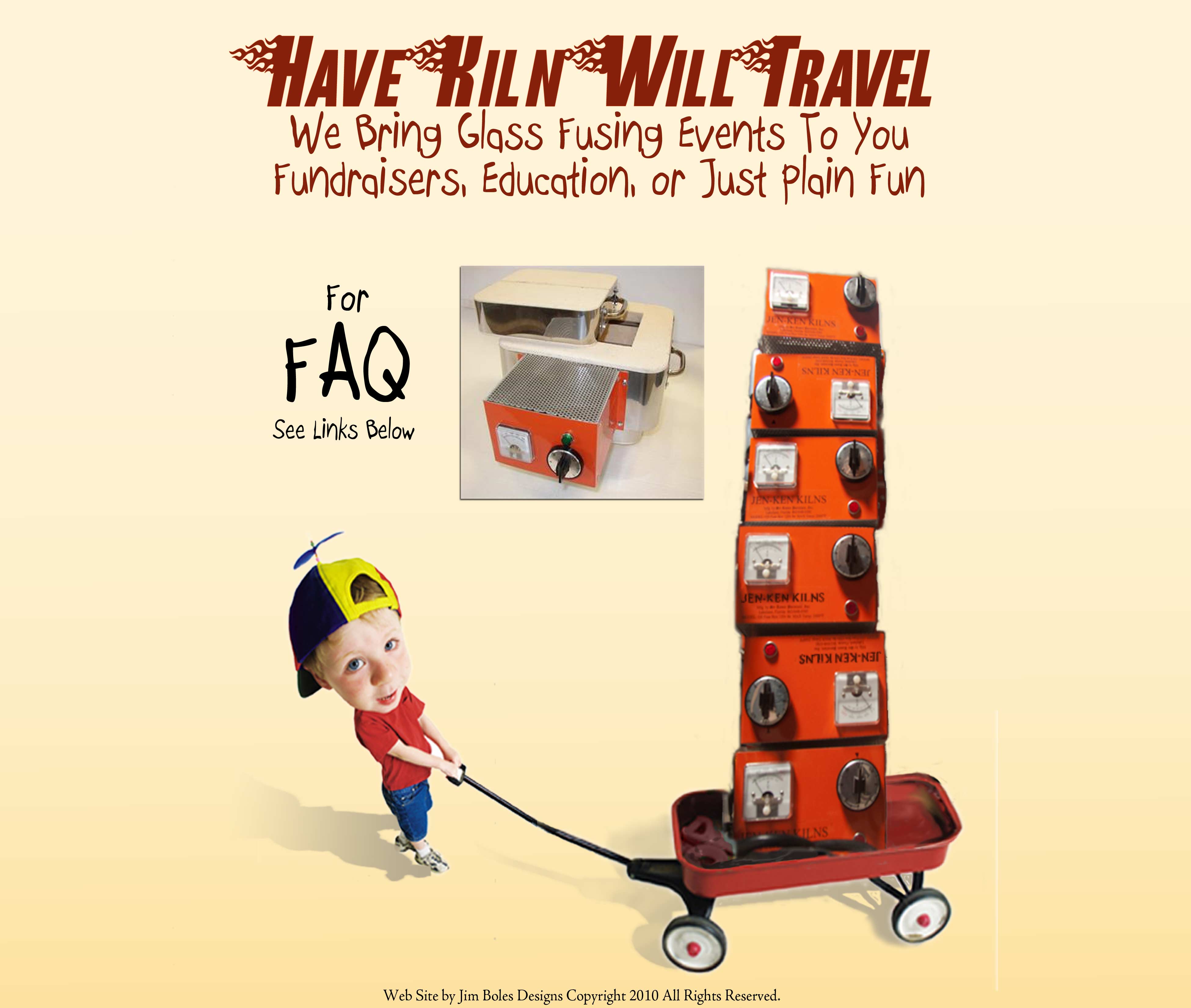 This series of images show the steps in decorating the front panel of the flower vase project using glass paste. This process is only one of many ways to decorate the front of your vase. Some may not like this approach and may opt for other methods some of which I will show in future blog posts.
This series of images show the steps in decorating the front panel of the flower vase project using glass paste. This process is only one of many ways to decorate the front of your vase. Some may not like this approach and may opt for other methods some of which I will show in future blog posts.If you look closely you a piece of clear glass and been seen coving the design to the left. It is shaped like a pocket and is more pronounced in the second image where the design has been traced onto the glass with black glass paste.
 The tracing process can be done in just a few minutes and does not have to be exact, because it will be partly covered in later steps. A few posts back I explained how the paste was made. For this project only the outline cartoon is created with the paste mixture and applied using a squeeze bottle. If I had all of my colors ready to go in bottles, then it would be simple to fill in the design with whatever color I wanted directly from the bottles. However, there are advantages to using straight powders instead such as ease of application, ability to mix colors, and create gradations, tints and tones.
The tracing process can be done in just a few minutes and does not have to be exact, because it will be partly covered in later steps. A few posts back I explained how the paste was made. For this project only the outline cartoon is created with the paste mixture and applied using a squeeze bottle. If I had all of my colors ready to go in bottles, then it would be simple to fill in the design with whatever color I wanted directly from the bottles. However, there are advantages to using straight powders instead such as ease of application, ability to mix colors, and create gradations, tints and tones. In the third image all of the base colors have been applied using powders and a very small sifter.You can see now that some of the outline is beginning to be covered. This not only narrows the lines, but also helps tie the powder to the wet paste so that during firing they don't separate.
In the third image all of the base colors have been applied using powders and a very small sifter.You can see now that some of the outline is beginning to be covered. This not only narrows the lines, but also helps tie the powder to the wet paste so that during firing they don't separate.In the fourth image the powder is now turned to paste by applying glue through another squeeze bottle. This enables packing the powder to increase its density/opacity. The outline is now considerably thinner and the colors are fully integrated with the outline.
You can see in the green I applied two colors of green. The base layer may or may not show through depending on how thickly you apply the final layer. It helps in color blending and creating rich color interactions if you use multiple colors on both the base layer and the final layer.

One drawback however is that some colors do not mix well resulting is brown instead of a color you see when you mix the powders. This occurs mostly when you mix warm and cold colors like yellow some blues. If you want green, then you should use green powder, and then use white or black to create shades and tints, or, use other greens in combination to create a rich palette of greens.
The process including this step takes around fifteen to thirty minutes depending on the complexity of your design.
In the final image a top layer of colors has been added and pressed into the paste. Some #2 frit was randomly applied and now the 'pocket' is ready for fusing onto the back of the vase creating the pocket vase.



No comments:
Post a Comment